The wintry forests of the New England Tablelands sit high in New South Wales’ Great Dividing Range. Magnificently lush and studded with waterfalls, these are the final bastion for many of Australia’s rarest species.
The last wild regent honeyeaters flit between ironbark gums. Scruffy Hastings River mice shelter in hollowed logs. And hidden in the southern edge of the Walcha Plateau – in the traditional land of the Biripi People – lies an animal that may well be the next in Australia to go extinct: the long sunskink.
The long sunskink is, frankly, an unremarkable little reptile. At only 5cm long, it can easily fit in the palm of your hand. It’s brown and bronze, with a cream-coloured belly and a snake-like body. To the untrained eye, it looks almost exactly like the delicate skink, one of Australia’s most common reptiles. It is this inability to capture the imagination that may be the skink’s downfall.
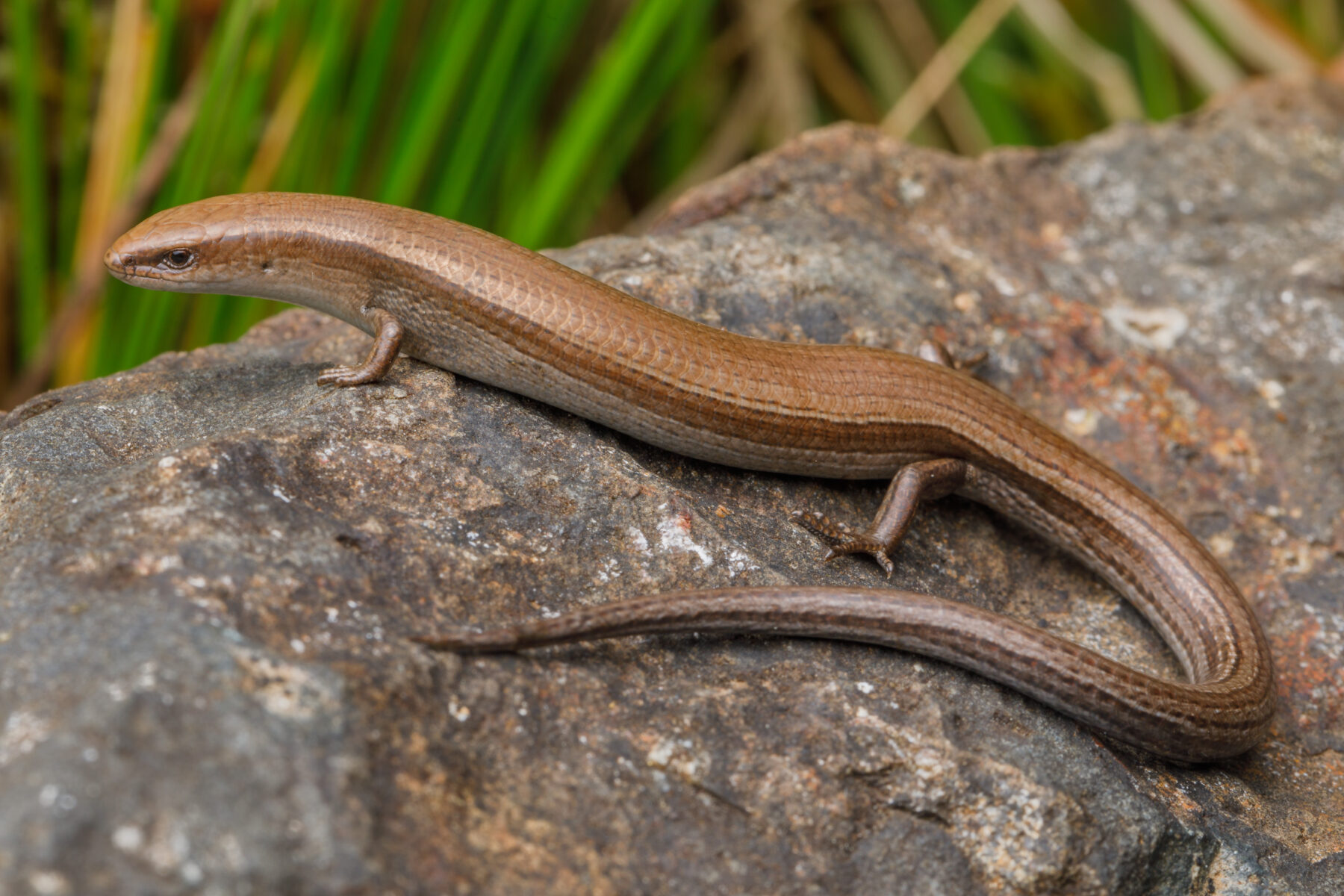
The long sunskink was first collected in 1972. It inspired such little interest in the academic community that no one bothered to scientifically describe it for another 25 years. And for nearly nine years – between 2014 and 2022 – no one could find it.
But this wasn’t acceptable for Jules Farquhar, a research associate at Monash University. He and his honours student Kelsey Graham conducted a gruelling, “blitzkrieg” field survey in its last known habitat.
No stone unturned, literally
It’s not easy to find an animal when almost nothing is known about it. The long sunskink is listed as Data Deficient (DD) on the IUCN Red List – the international database for the extinction risk of the planet’s threatened species.
As Jules puts it, data-deficient species “are often just threatened species in disguise, waiting to be assigned conservation status.”
In fact, 14 per cent of the world’s skink species are considered data deficient, and another 8 per cent remain entirely unassessed. But at Monash University, a research group is dedicated to changing this in Australia.
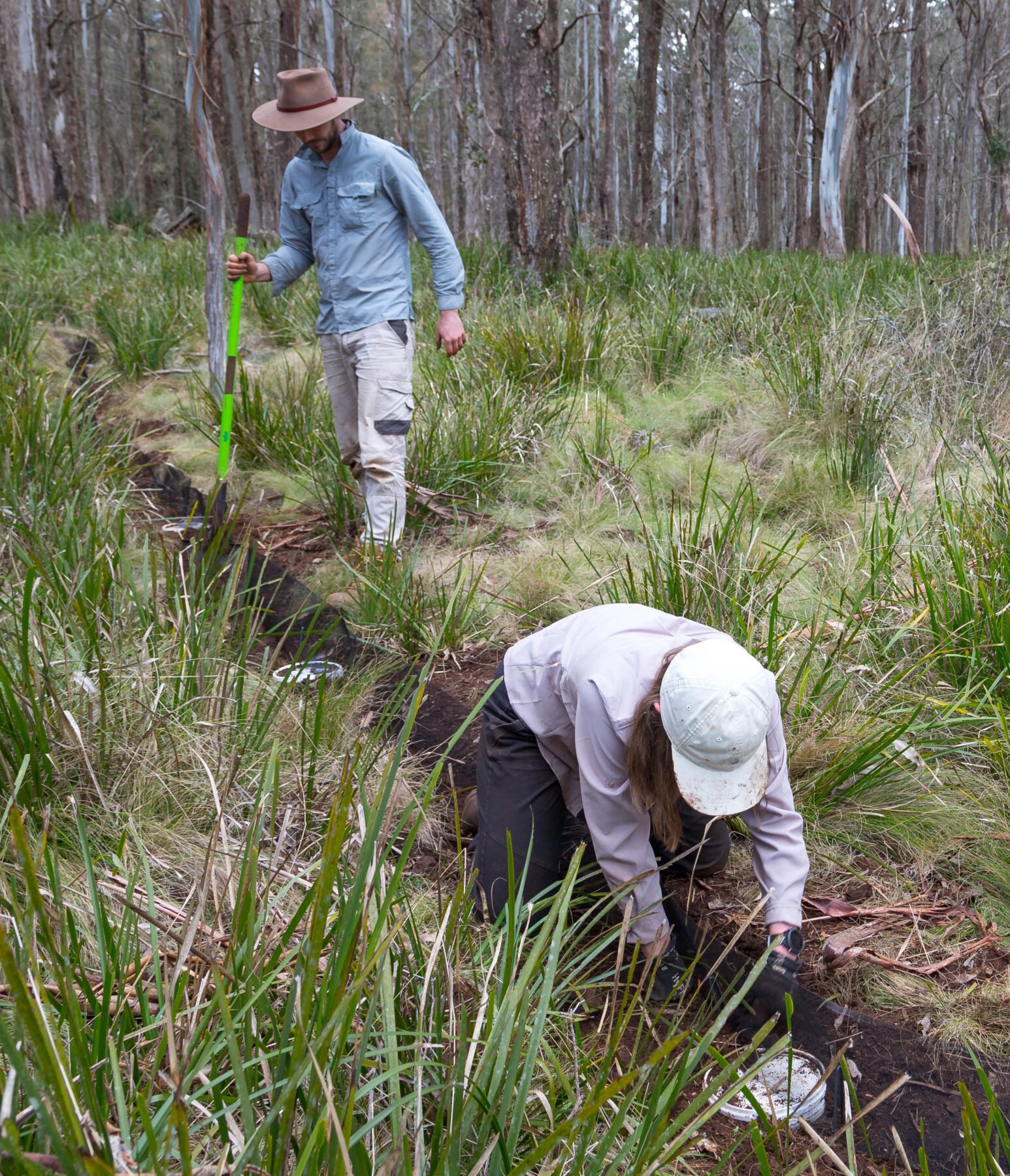
Led by ecologist David Chapple, the researchers keep a spreadsheet of data-deficient skinks in Australia. One by one, and with enormous effort, each skink is rescued from the deadly realm of obscurity.
The long sunskink was one such species. In the spring of 2022, Jules and Kelsey spent five weeks scouring Ngulin Nature Reserve and the Riamukka State Forest in the New England Tablelands. Battling dense vegetation, they checked beneath every log and stone, set up traps, counted rocks, raked through leaf litter and prised open tussock grass.
“You’re looking for a needle in a haystack as it is, and when you do see the flash of a lizard, it’s probably one of the tens of delicate skinks we saw per day. But we still had to dive into the bushes to check,” Jules says.
It was painstaking work. Jules has a sunny temperament, a quick laugh and, also being a snake catcher, is no stranger to wrestling reptiles. Yet, he says he spent months after this intense fieldwork recovering.
“It was particularly challenging because the soil there is incredibly hard and rocky, with thick vegetation. I absolutely burned myself out on that trip,” he says.
Jules and Kelsey left the forest each day empty handed, with the frightening probability of extinction creeping higher. Eventually, however, they discovered that the last places the skink was seen in the years prior were no longer the right places to survey.
Eureka!
With only a week of their survey remaining, Jules and Kelsey stopped by a small, sunny clearing to photograph water skinks known to that area. He casually turned over yet another rock and there, just 23mm long, was a baby long sunskink.
“We were unsure, because it was such a small individual. So I flipped another rock five minutes later and found a full adult. I made sure I was certain of the species, because I knew what I was about to yell out. I held up a hand in the air and shouted, ‘hey Kelsey, I got one’.”
Jules says they got the data they needed and released it back into the wild. Then, they “made a beeline for the pub”.
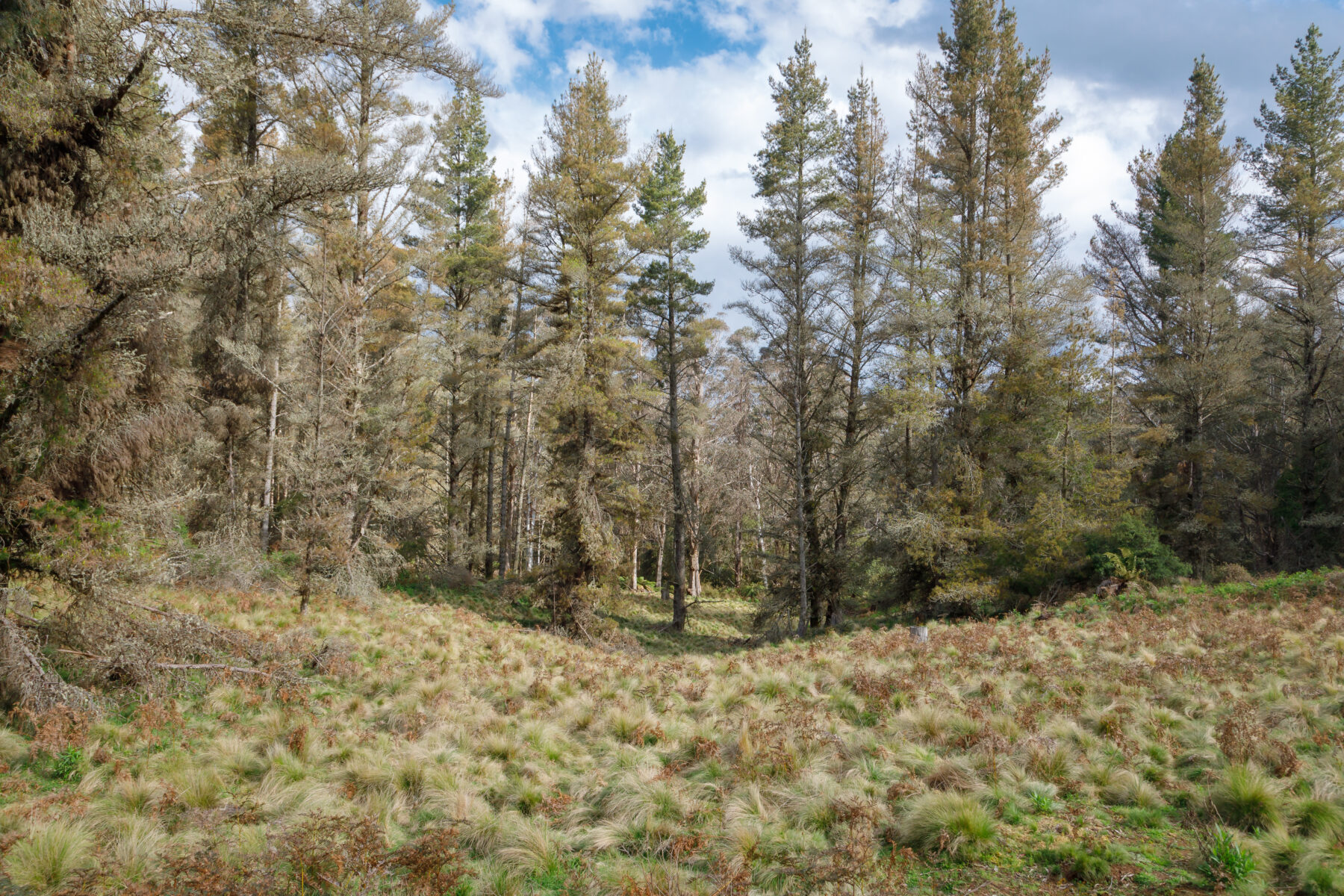
After that, compared to the previous weeks’ slog, finding long sunskinks became a breeze. This time, the researchers knew to target clearings in the forest with connected clumps of tussock grass, where the little skinks can travel in the shelter of its blades on rainy days.
“That situation is actually quite rare in the forest,” Jules says. “The skinks are really fussy with their habitat. We may never know their story and how they got to this position. But I just assume they evolved themselves into a corner.”
In total, Jules and Kelsey found 23 long sunskinks in four different locations.
A skink on the brink
Prior to the duo’s research, the long sunskink wasn’t listed under Australia’s wildlife conservation law.
Now, it is officially listed as Critically Endangered, joining more than 2,200 plants, animals and ecological communities on Australia’s threatened species list.
This is a major achievement, because it means there are now legal requirements to protect it. But, it is still only the first step in preventing its demise, and doesn’t guarantee its safety.
From feral pigs to climate change to logging, threats to the long sunskink abound.
Indeed, all four different clearings found to contain the skink are within land available for harvesting by the Forestry Corporation of NSW. They’re also right beside a Forestry Corp pine plantation.
The skinks are so close to the road dividing the forest and the plantation that Jules saw four-wheel drives miss the skinks by only a couple of metres. With so few long sunskinks left, every death is a major loss to the species.
“They’re on the razor’s edge of this road. I also worry about logging machinery running over the skinks, not just removing its habitat,” Jules says.
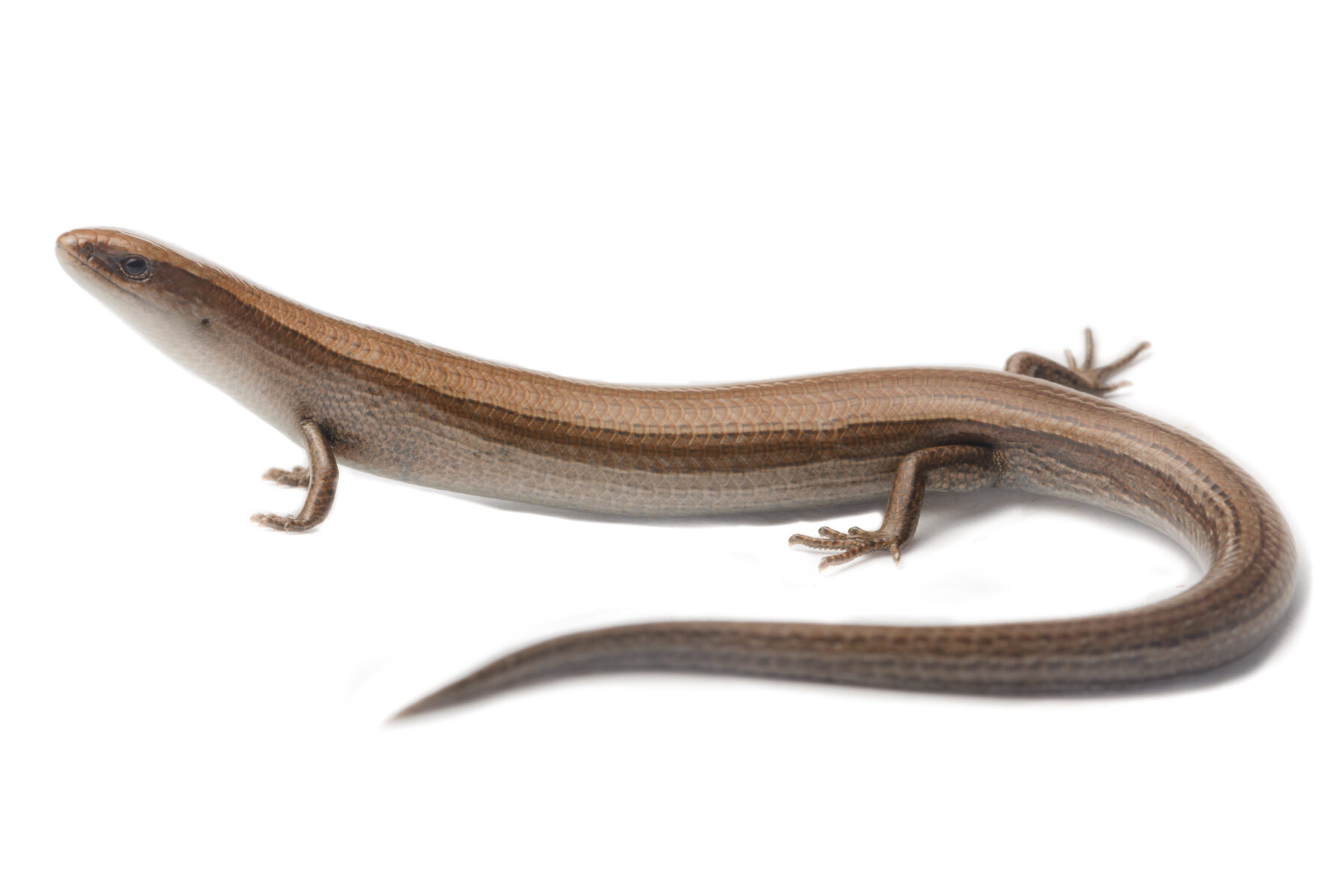
Jules alerted Forestry Corp to the skink’s proximity to its operations in 2022. Australian Geographic contacted the company to learn what measures it has put in place to protect the skink’s survival since then.
A Forestry Corp spokesperson said over half of Riamukka State Forest is permanently protected for conservation, and that timber harvesting takes place only in areas that have been harvested and regrown previously.
The spokesperson said that in timber plantations, the independent regulator must assess its “unique and special wildlife values” and the measures put in place to protect them.
In native forests: “If the species is found in an operational area or within close proximity to the boundary, additional site-specific biodiversity conditions must be developed and approved by the independent regulator.”
Jules says he is concerned Forestry Corp’s protection measures are only contingent on whether a long sunskink is detected – and they’re not exactly easy to find.
“My hope is that Forestry Corp is actually doing pre-harvest surveys that are capable of detecting the long sunskink if it is present at a site,” he says.
Habitat disturbance from logging is also deepening the wounds that other threats are inflicting on the species.
For example, feral pigs and deer tear up the soil in the forest, particularly along the drainage lines that intersect the clearings. Given the skinks heavily depend on native plants, invasive weeds could also see them unable to cope. And bushfires, worsening under climate change, could destroy a local population in one fell swoop.
“Fire is an extreme threat. I have a map of the extent of the 2019-2020 bushfires. I plotted it against the cluster of the species, and I nearly spat my tea out,” Jules says.
“It was all red, all around the species – a single fire event could have easily wiped out the entire distribution.”
A seat at the table
The long sunskink is just one example of the hundreds of “boring” species on the brink of extinction – many of which aren’t protected under federal law because we don’t have the data to prove their rarity.
Skinks, and many other reptiles, have the added problem that most live in remote deserts, out of sight and out of mind.
David Chapple leads the Monash University research group on data-deficient skinks. He says the standard situation for a native skink species is to not have any dedicated study on it since it was first described.
“It means we’re lacking a lot of fundamental information, like what its habitat is like and whether its population is declining,” David says.
Australia doesn’t even have a centralised, national list of data-deficient species, unlike the IUCN Red List. David says this is a problem because at the federal and state level, “any animal not listed as ‘threatened’ is considered to be of least concern”.
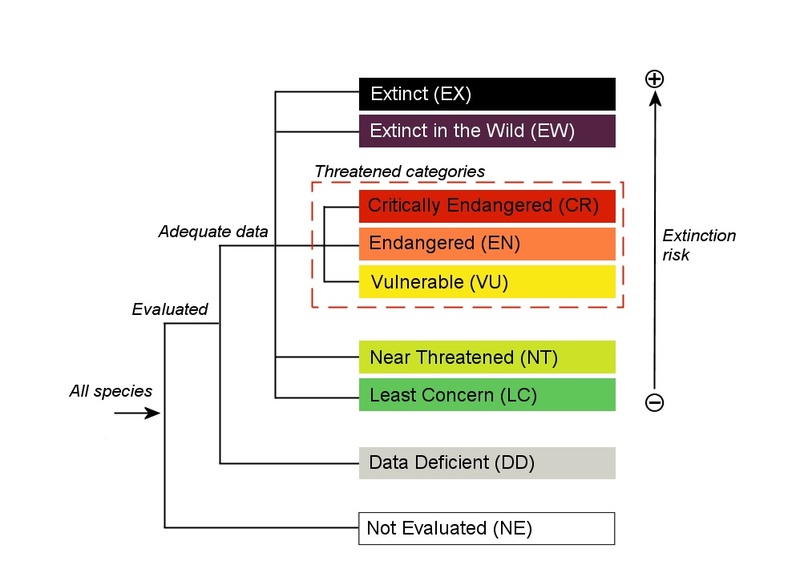
However, research this year shows that Australia’s data-deficient snakes and lizards are three times more likely to be on the brink of extinction than those assessed. A national list could be the first step in giving them formal protections, and raising awareness for their research needs.
“Data-deficient species don’t even have a seat at the table to be considered for protection. Even though we know they have a high likelihood of being threatened, they’re lost and overlooked in the entire process when there’s no requirement to protect them.”
The long sunskink, then, may actually be one of the lucky ones: we now know it exists, what threatens it, and how to protect it. Now, it needs money and boots on the ground.
“In order for those things to happen, there needs to be awareness. People aren’t going to put time and effort into something they’re not aware of,” David says.

